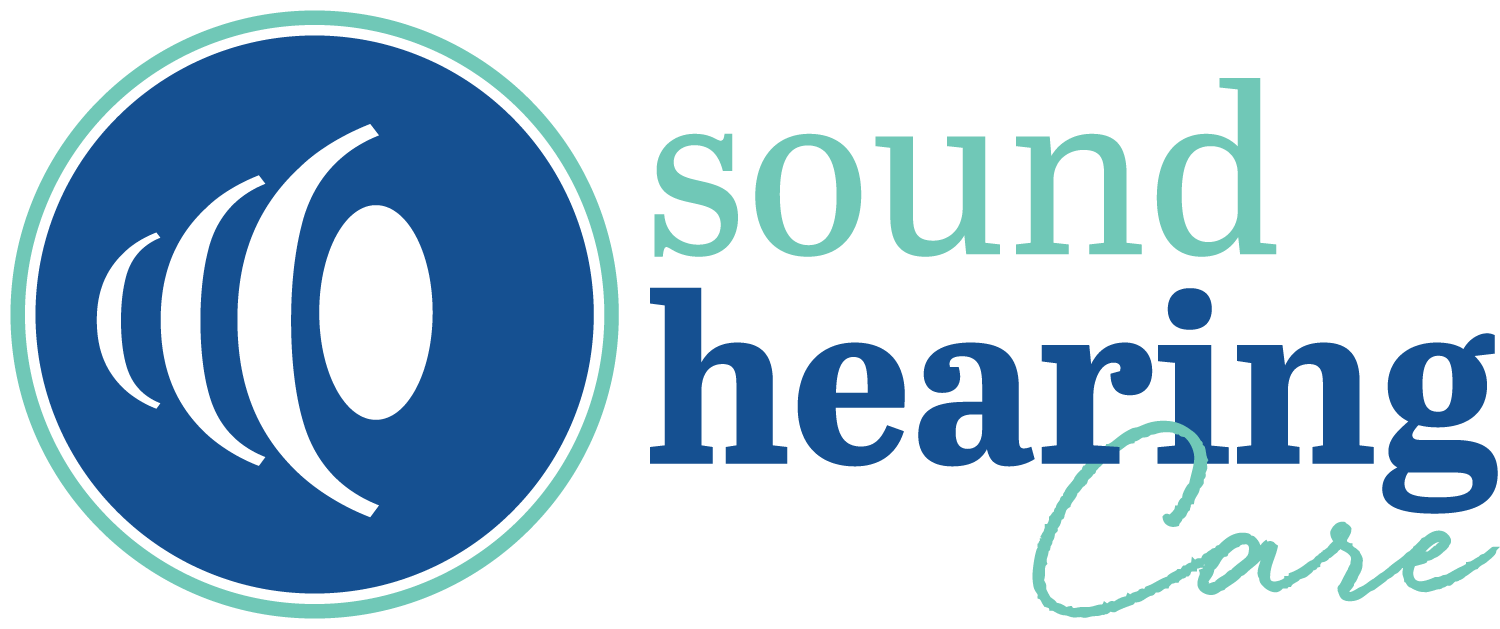The Many Parts That Make Up a Hearing Aid
While you may have been wearing a hearing aid for several years, you may not realize the many components that work together to help you hear things daily. If your hearing aid is newer, it works similar to a mini-computer. The most common type of hearing aid used today is the receiver-in-the-ear (RITE) (also known as receiver-in-ear). In this article, we review the different parts of a RITE (or RIE) hearing aid.
Internal Components of a Hearing Aid
The body of your hearing aid—which is the part that sits behind your ear—is the most significant piece and has three main components in it:
Microphone – Without the mic, your hearing aid wouldn’t be able to pick up the sounds around you. The microphone collects these sounds and sends them to the amplifier. Newer hearing aids are so advanced that they can easily distinguish between someone speaking and background noise, which makes it easier for you to hear in a noisy environment.
Amplifier – The amplifier takes the sounds sent by the microphone and converts it into an electrical signal and then forwards it to the receiver or speaker.
Power source – The battery is what keeps the device working, and it may use rechargeable or disposable batteries.
Certain hearing aids also come with a telecoil, which helps hear things better in public.
Other Hearing Aid Components
Button or Switch – Most RITE hearing aids come with a button or switch to turn the device on or off, but it can also be programmed to complete different functions based on what your needs are. Some examples are that the button can be programmed to switch between different settings or hearing environments, or it can increase or decrease the volume.
Wire – The wire communicates power and signals to the speaker. It is a thin, plastic-coated wire that runs from the body of your hearing aid to the speaker inside your ear.
Receiver/speaker – The receiver or speaker’s job is to send the processed sound into your ear. The speaker is usually inside an ear dome or the earmold, based on what your preferences are and the severity of your hearing loss.
Domes – People with mild to moderate hearing loss (often due to age) usually have a dome instead of an earmold. A dome attaches to the end of the hearing aid wire or tube and sits deep within the ear canal. You must be properly fitted for a hearing aid dome because if it’s too small then the sound can escape.
Earmold – These are recommended for people with severe to profound hearing loss because it provides the best amplification and prevents sound from escaping. The earmold fits snug inside your ear canal and provides an acoustic seal.
Maintaining Your Hearing Aids
To keep your hearing aid in top shape, it is essential to clean it regularly and wipe all parts daily with a dry, soft cloth. This helps remove dirt and debris. Also, keeping your hearing aid stored in a dehumidifier helps dry out any moisture when they aren’t being used.
If you feel that your hearing aid is old and no longer suits your lifestyle, schedule an appointment with our hearing care specialist to discuss the newer hearing aids available. Contact Sound Hearing Care at 864-881-1663 today!




